South to Alaska
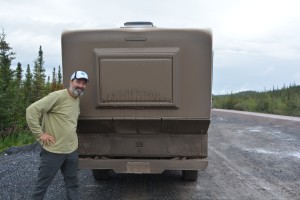
Some of this mud from the Dempster Highway is getting an inch thick – how will Julie ever get it off?
The old cry for adventure was ‘North to Alaska!’ but when you are in Inuvik, Northwest Territories near the Arctic Ocean you have to go south to Alaska. In fact, from Inuvik you have to go south to go anywhere. Inuvik, population 3,500, is on the banks of the Mackenzie Delta and only about 100 kms (60 miles) from the Arctic Ocean. It has a large First Nation population and a remote Arctic outback feel that tops off the glorious two day drive up the Dempster Highway to get there.
Even though Inuvik is a large town by northern standards it had very little initial appeal with its box-like government-built buildings designed to cope with the harsh winters and the whole place looked muddy, colourless and dreary. The grey clouds and constant rain didn’t help its case.
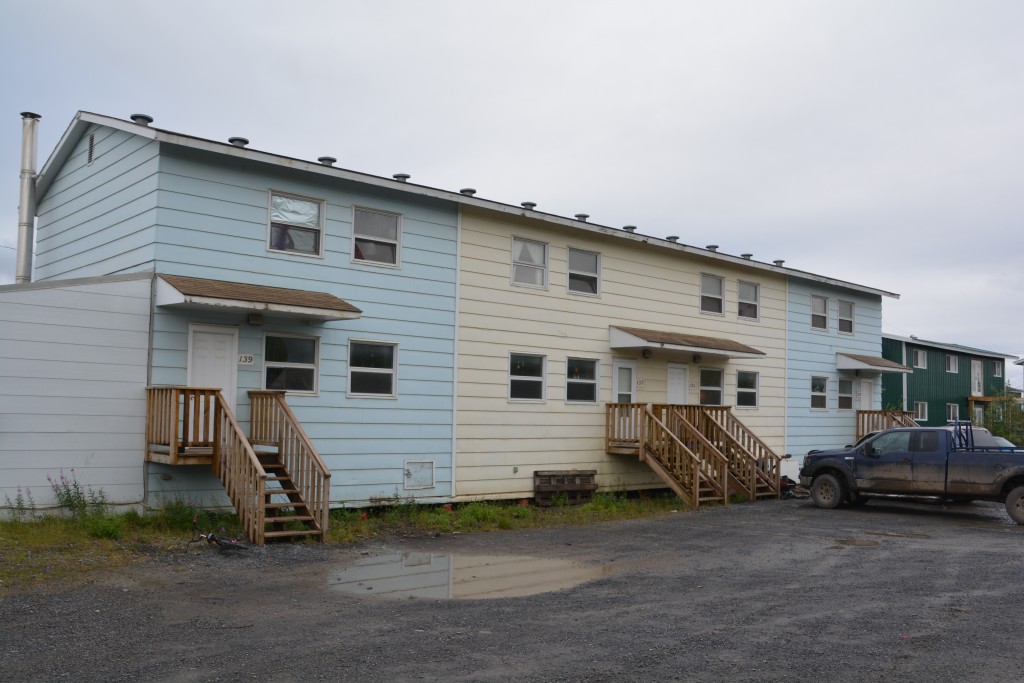
The government provides housing for most people in Inuvik and their architectural style might be described as practical but same same
One interesting feature of the town was to put all water and sewage pipes above ground so as not to disturb the permafrost underneath. A melted permafrost means land subsidence which causes buildings to sag and collapse. As a result all buildings are built on stilts off the ground and all pipes run above ground. Ingenious.
For a true cultural experience we had a beer at the local pub, a bit dark and rough, and then treated ourselves to dinner at the only legitimate restaurant in town (two other restaurants provided by the tourist information centre was the cafeteria at the hospital and the one at the airport). It was a celebration night for us, we survived the Dempster Highway, we had made it to Inuvik at an astonishing 68 degrees latitude and the next day we were planning to go even further north – by plane.
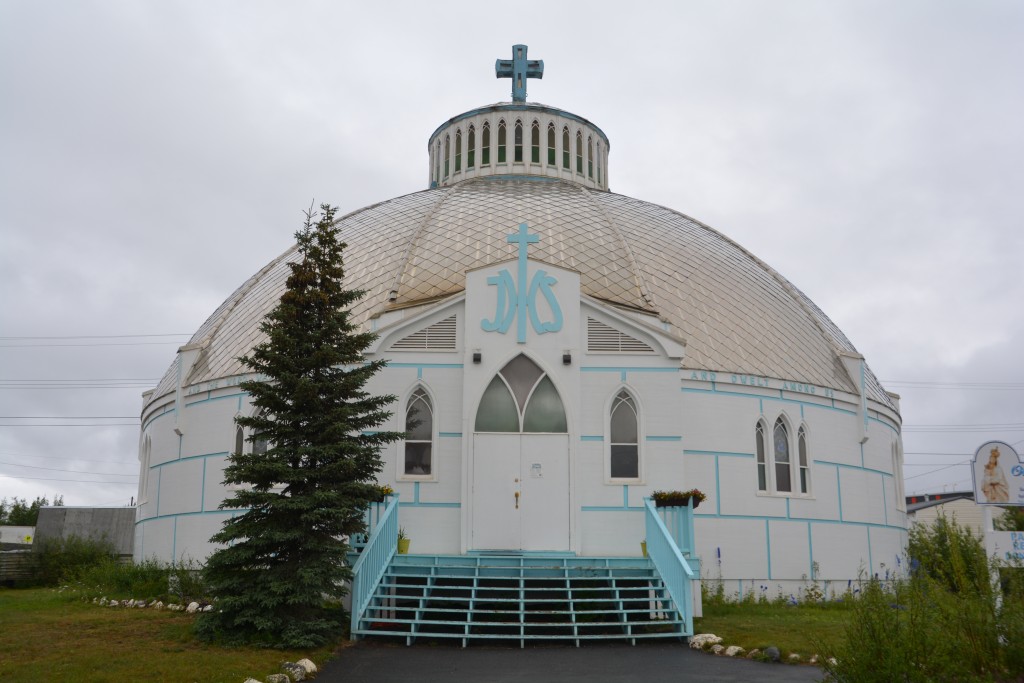
The only real tourist attraction in town is the circular igloo church – well, its certainly different
Everyone complains about the weather but nobody does anything about it, or so the saying goes. We rose that morning with great plans to fly up to the end of the world, Tuktoyaktuk, the First Nation community clinging to the shore of the Arctic Ocean. But the clouds were low on the ground, the rain driving, the temperature grim. Sadly and reluctantly, we made the decision there was no point in doing a scenic flight or wading into the Arctic Ocean under these conditions. So the semi-lifeless grey town of Inuvik would be our turnaround point and we topped up the tanks and the pantry for the long drive south.
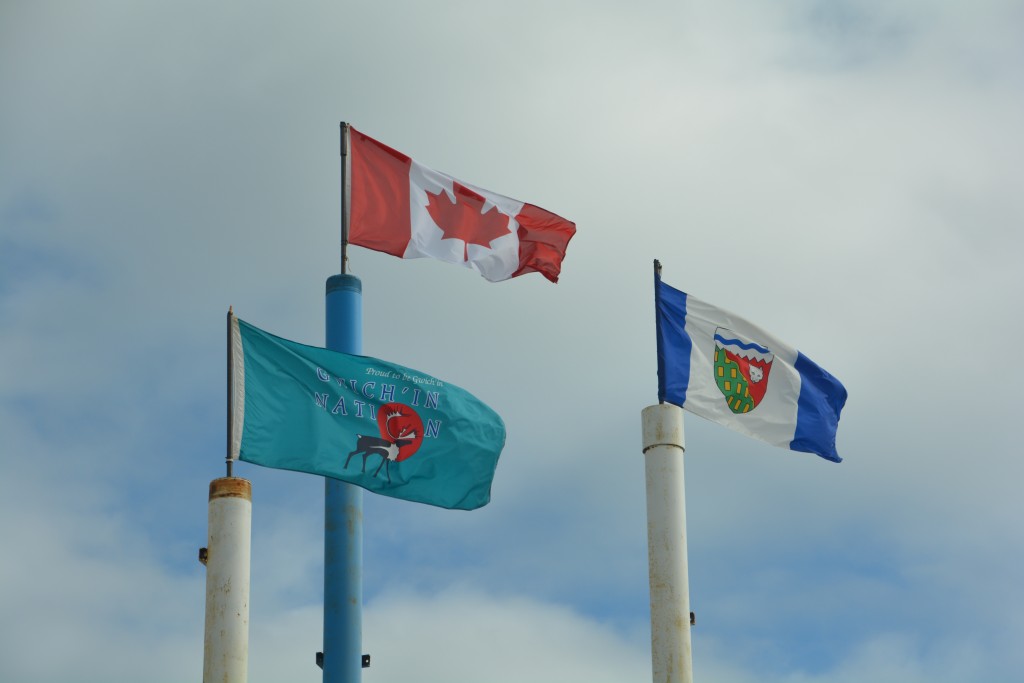
The local First Nation people called Gwitch’in have their own flag that flies with the province and national flags
The dirt and gravel road was very sloppy, long sections of mud and surface water, large trucks barrelling at us from the other direction. Our windscreen took another star crack, its third, but we admired the stunning scenery as much as we could see it through the fog and clouds. Oh for a clear day!
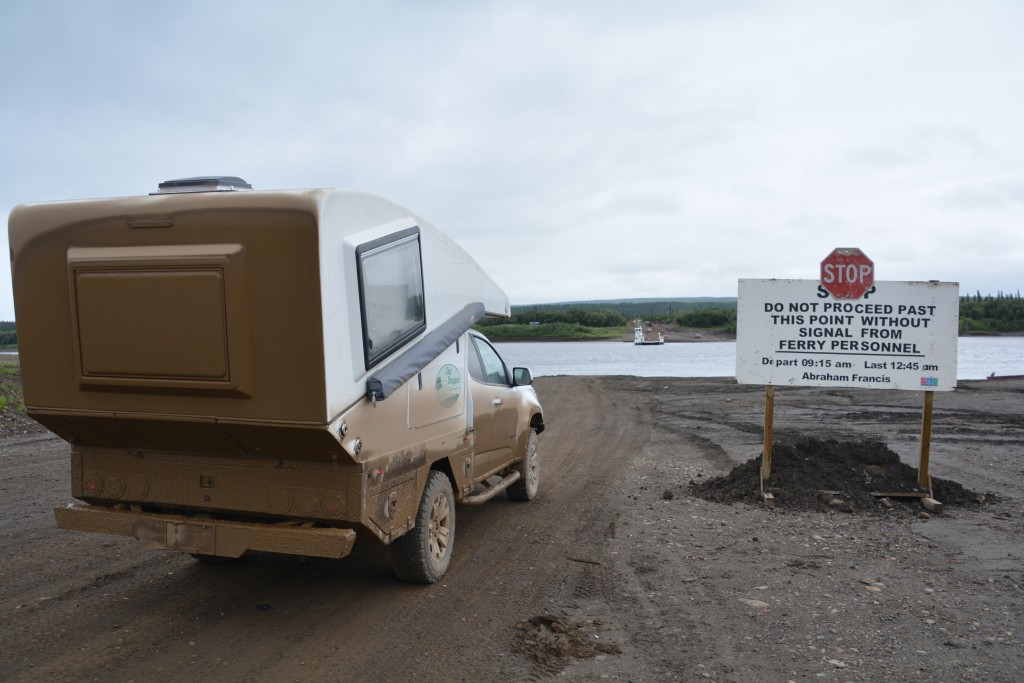
We washed Tramp in Inuvik but by the time we got tot he first ferry crossing he had reverted to his previous muddy self
We crossed the Mackenzie and the Peel Rivers again by ferry, up and over a pass, streams flowing strong from the overnight rain, hills glistening in their mossy grassy tundra cover, across the border into the Yukon and we camped in a fabulous old quarry pit (we love old quarry pits, they are infinitely better than they sound!) with dramatic coast to coast views of the arctic tundra laid out below us and more old caribou antlers lying about than firewood. The wind was biting, the temperature in single digits (below 50F) but we climbed to the top of the ridge to see our new (temporary) home. Glorious.
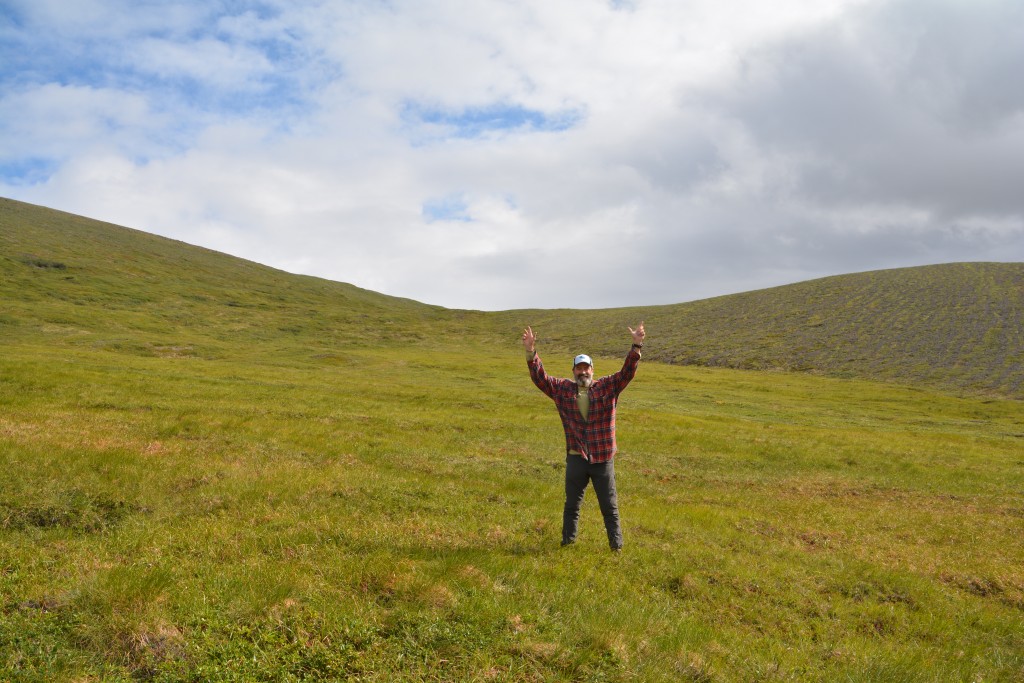
We decided to go for a walk across the thick tundra but only got a few metres before we realised the ground was too spongy, lumpy and muddy
The drive south on the Dempster Highway was similar to the drive north – drizzly, low clouds and fog, slippery road, glimpses of astounding beauty and a forever feeling that we were travelling through a very special place. Late in the afternoon we stopped again at Tombstone Territorial Park, did a short walk to the fog line for expansive views of this stunning setting, saw five beavers in a single pond busy building dams and their lodges, and finally camped in another scenic off-road area near the North Klondike River.
To give some scale and scope to the Dempster Highway experience, Julie and I rated our top three ‘big’ experiences of the trip so far as (in no particular order) – Newfoundland, Big Bend/Rio Grande in Texas and the Dempster Highway. High praise in a crowded field.
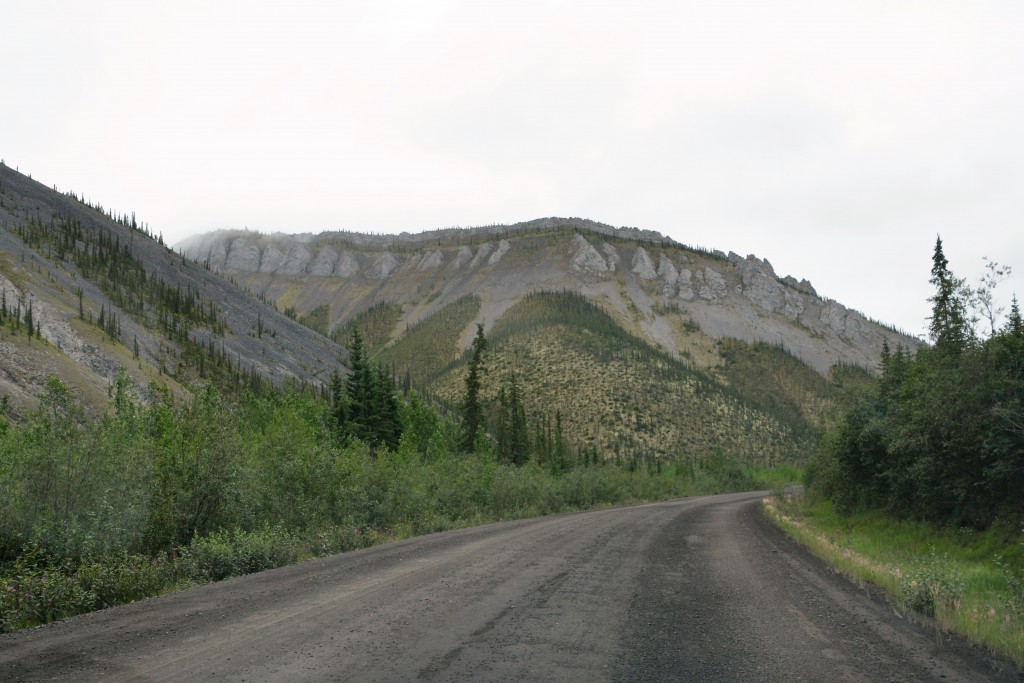
The Dempster Highway was a long tough drive but it rewarded us in many ways, such as these weather worn mountains
The next morning we entered the historic town of Dawson City where the Klondike River flows into the mighty Yukon. Dawson City was ground zero for the famous gold rush in 1898 because the little creek where gold was first discovered is only a short distance away. The town has done a great job of retaining historical buildings and playing on this fascinating time in Canada’s history.
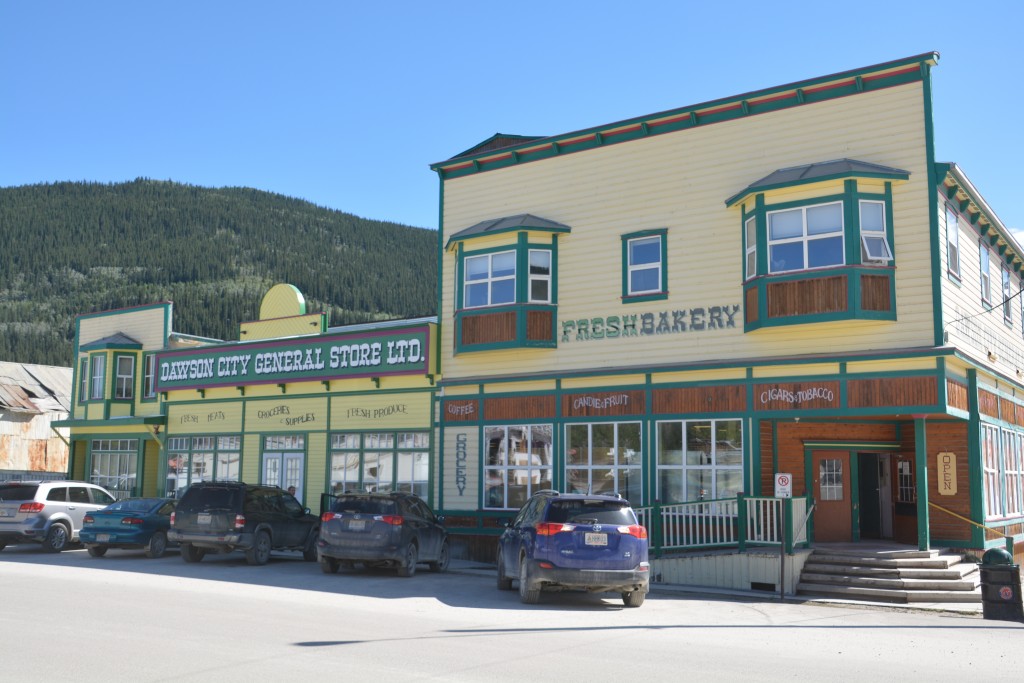
Historic Dawson City proudly showed off it’s gold rush history from 1898 with many fully restored buildings
The town still retains its old western building facades, wooden footpaths (sidewalks) and historical sites such as the SS Keno, the last paddle steamer to plow its trade on the Yukon, many old buildings and the cabin of the famous author Jack London.
From Dawson we caught the ferry across the Yukon and travelled 100 km to the US border on the Top of the World Highway. Superbly named, this dramatic drive follows high ridges across stunning mountain landscape until it finally hits a small border outpost marking the end of Canada and the beginning of Alaska. We crossed the border and camped on a flat area high in the mountains, stunning views for miles around and a cold wind to keep us honest.
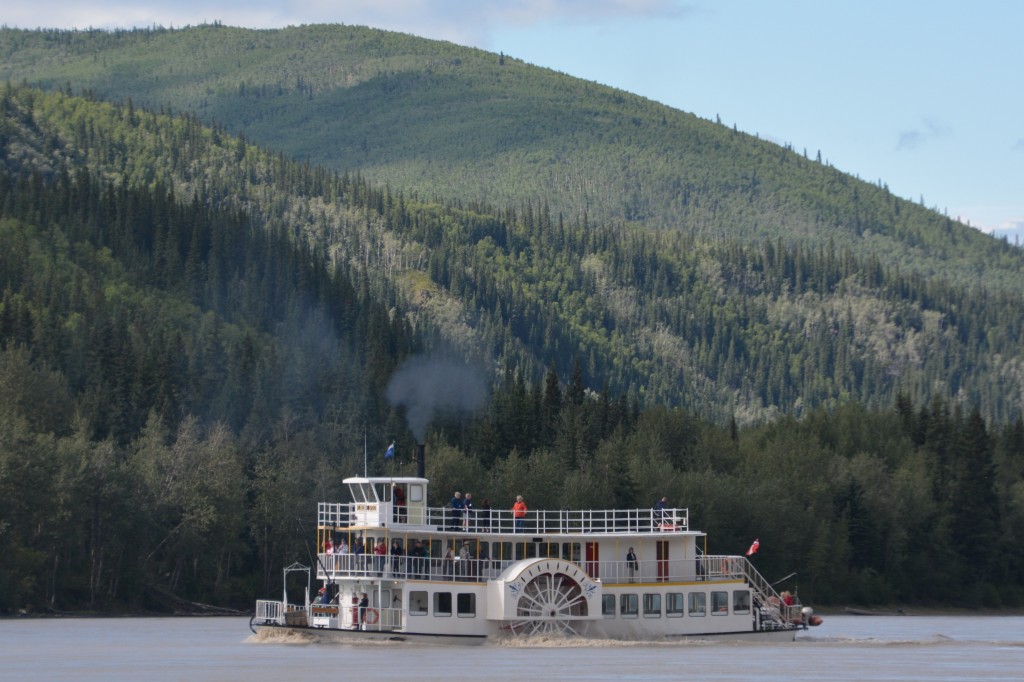
The paddle boat steamer still plies its trade – for tourists – up and down the Yukon River near Dawson
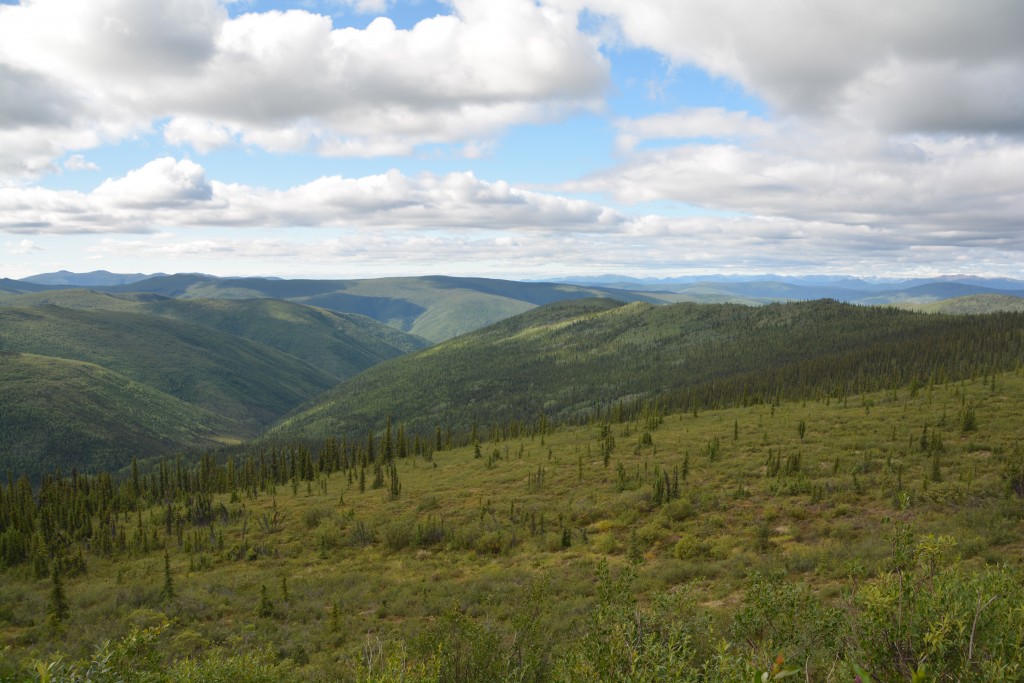
The scenery on the Top of the World Highway lived up to its name – and the dirt highway was a blast to drive
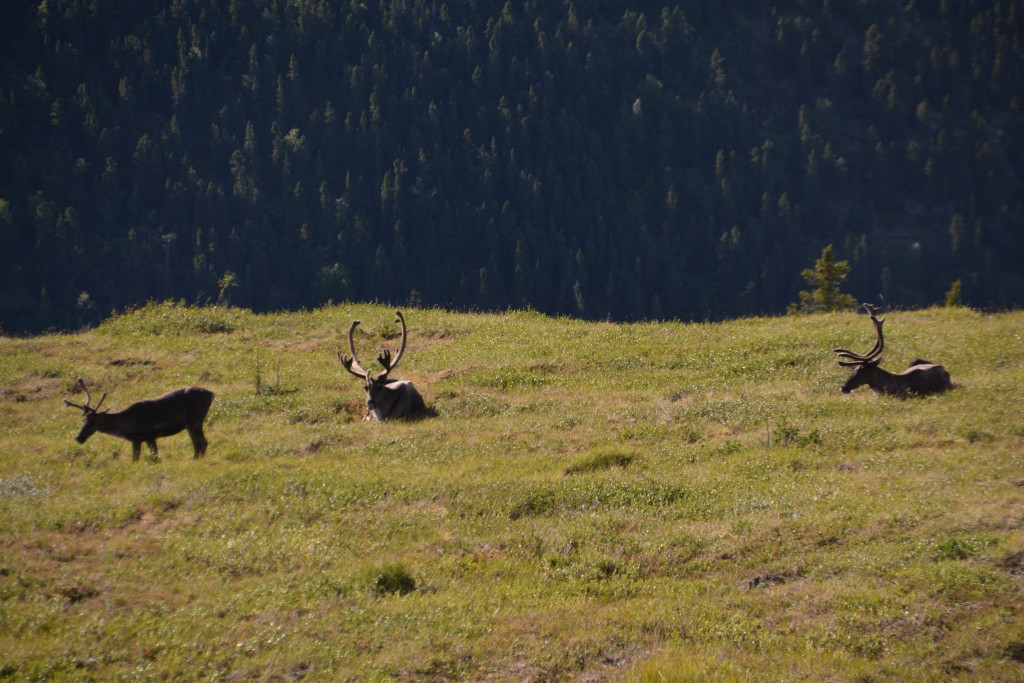
The Top of the World Highway gave us top of the world views of these fabulous caribou with their huge antlers
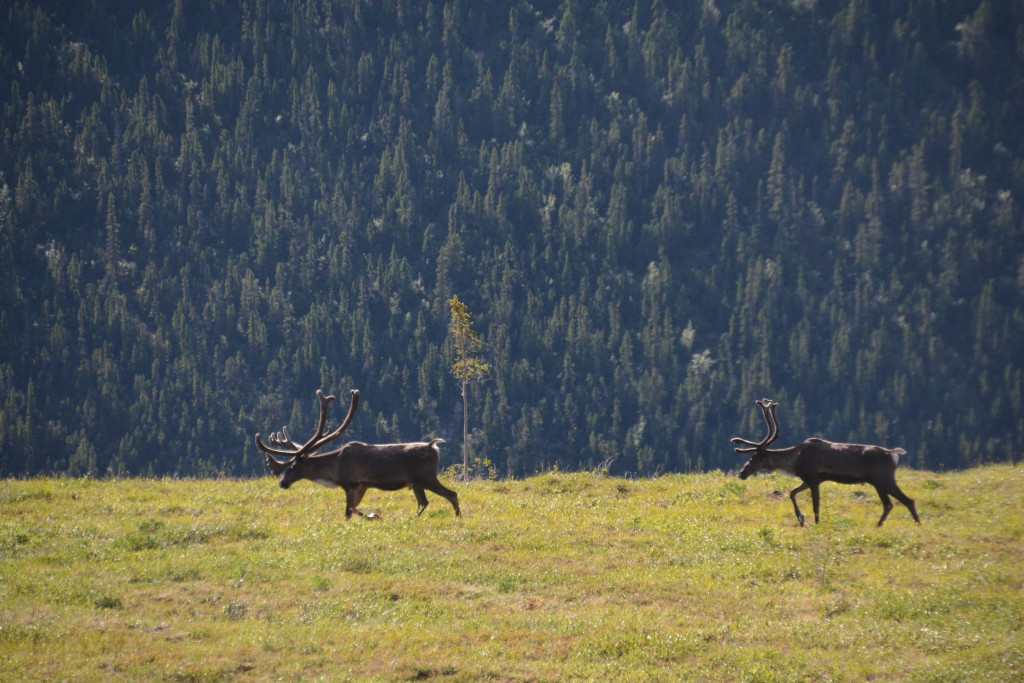
It seems almost impossible that these caribou grow their antlers every year and after the mating season knock them off to start over
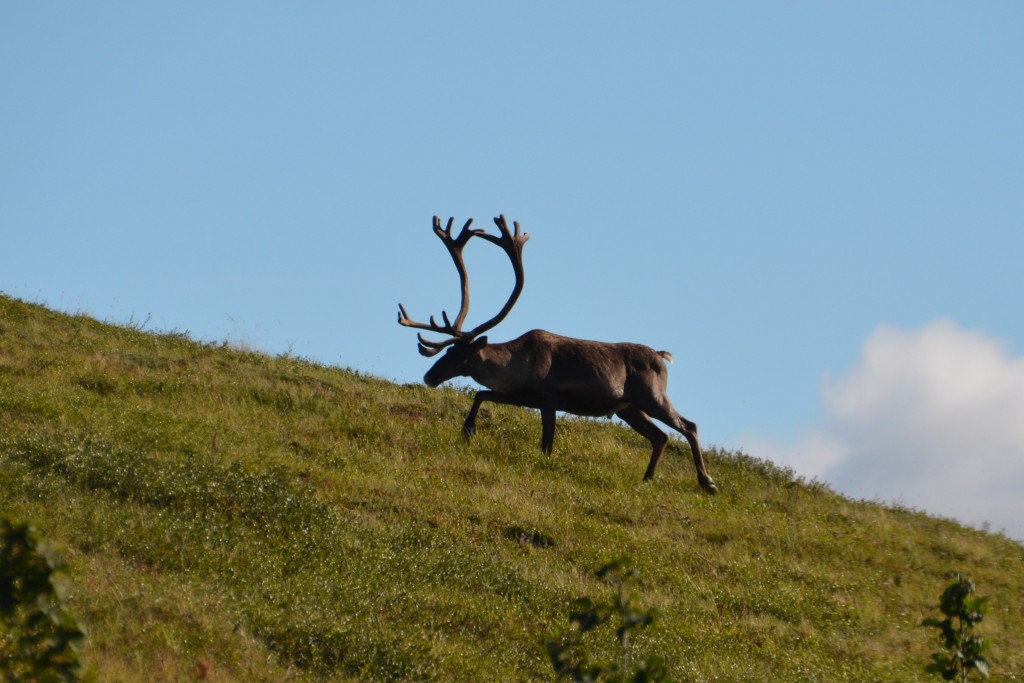
One of my favourite shots of this trip – the majestic male caribou in all his glory and ready for another big season of rutting
We’ll be back in the Yukon later in our trip but from what we’ve seen so far it is an absolute corker!
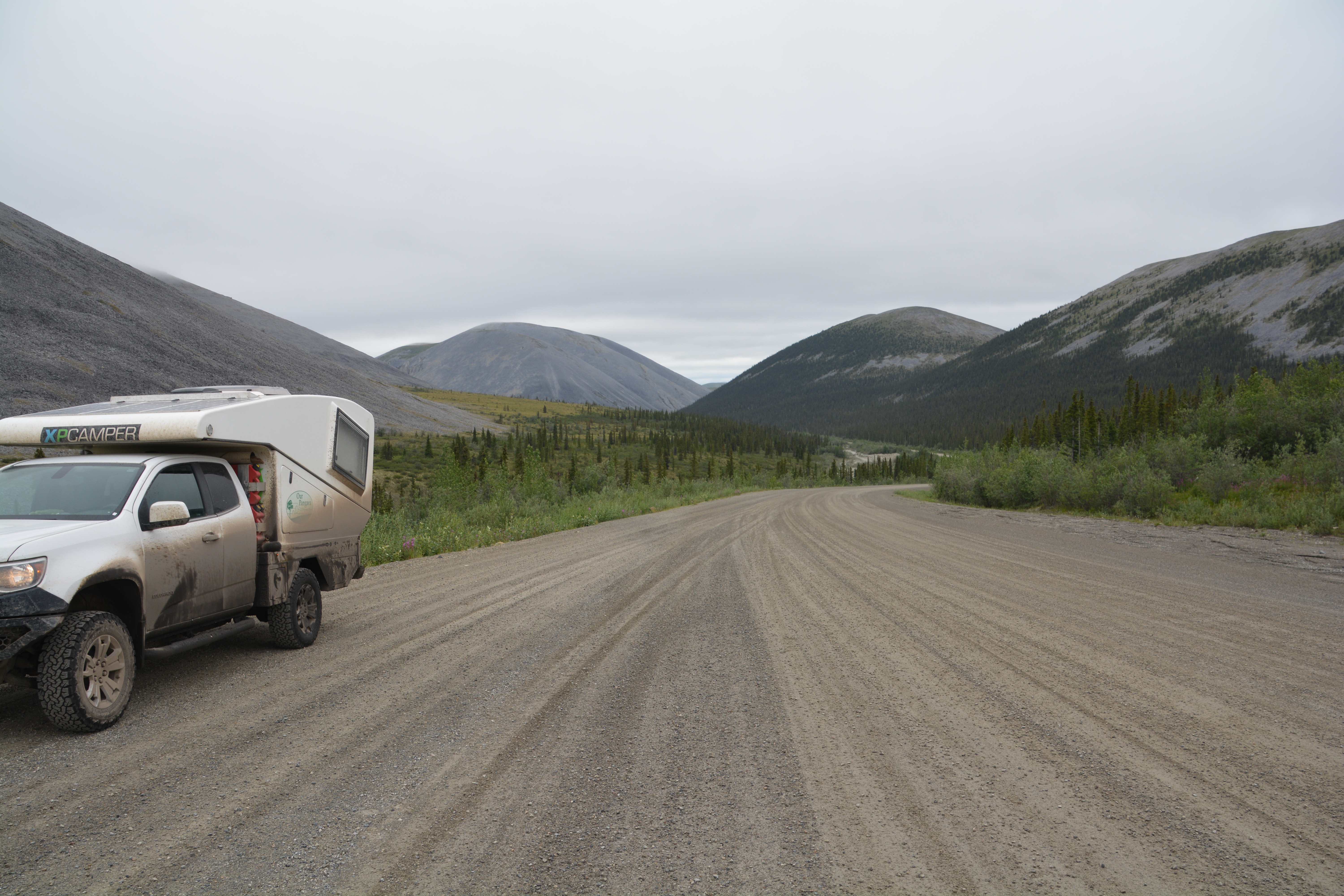
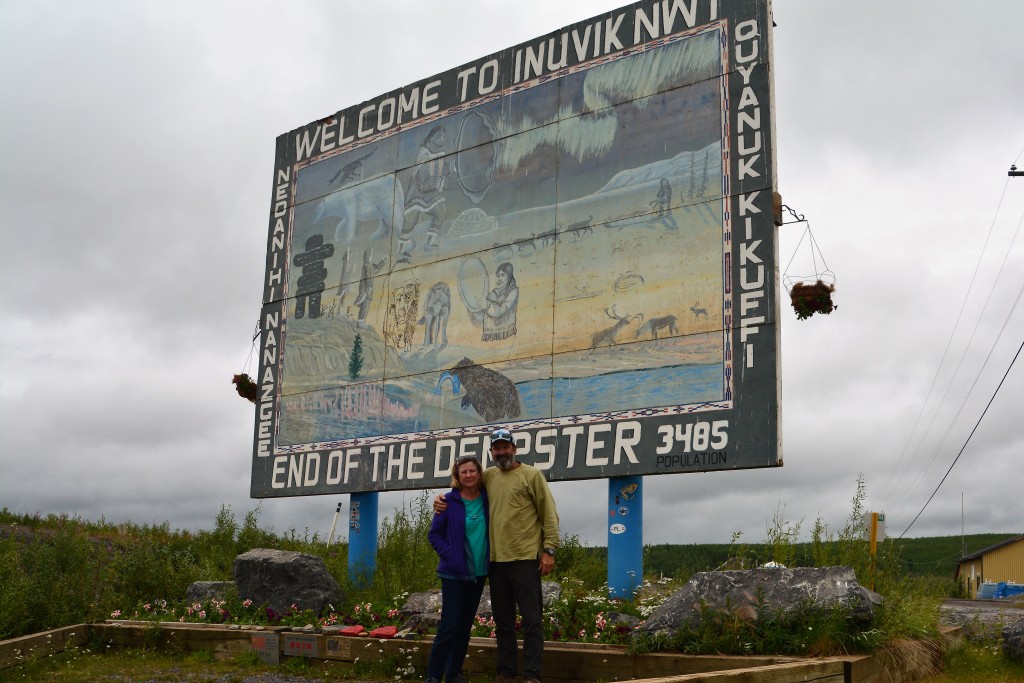
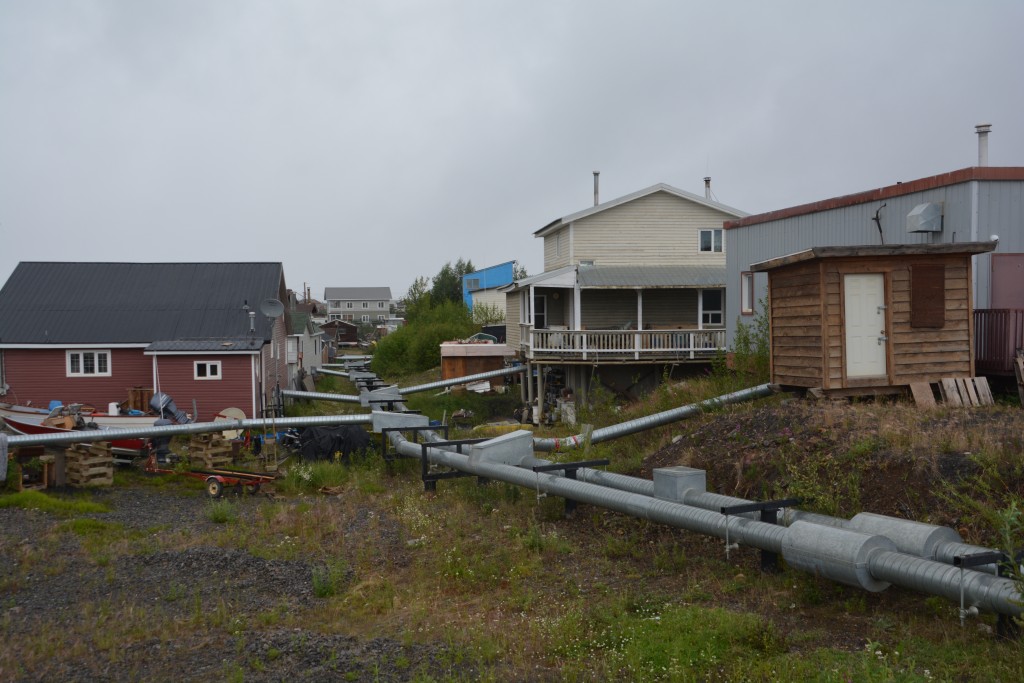
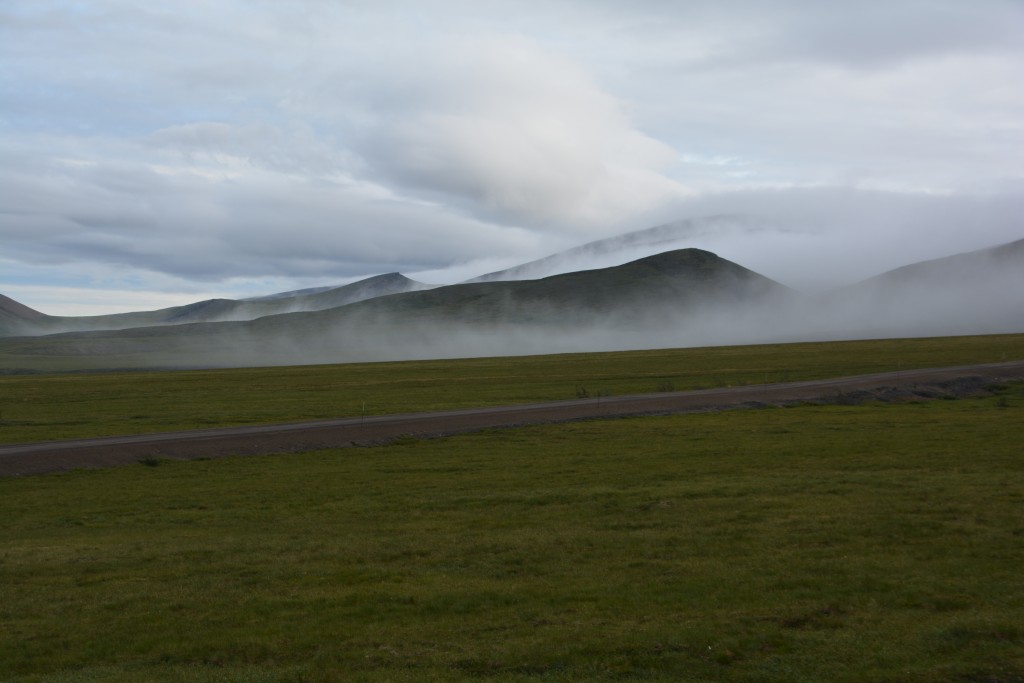
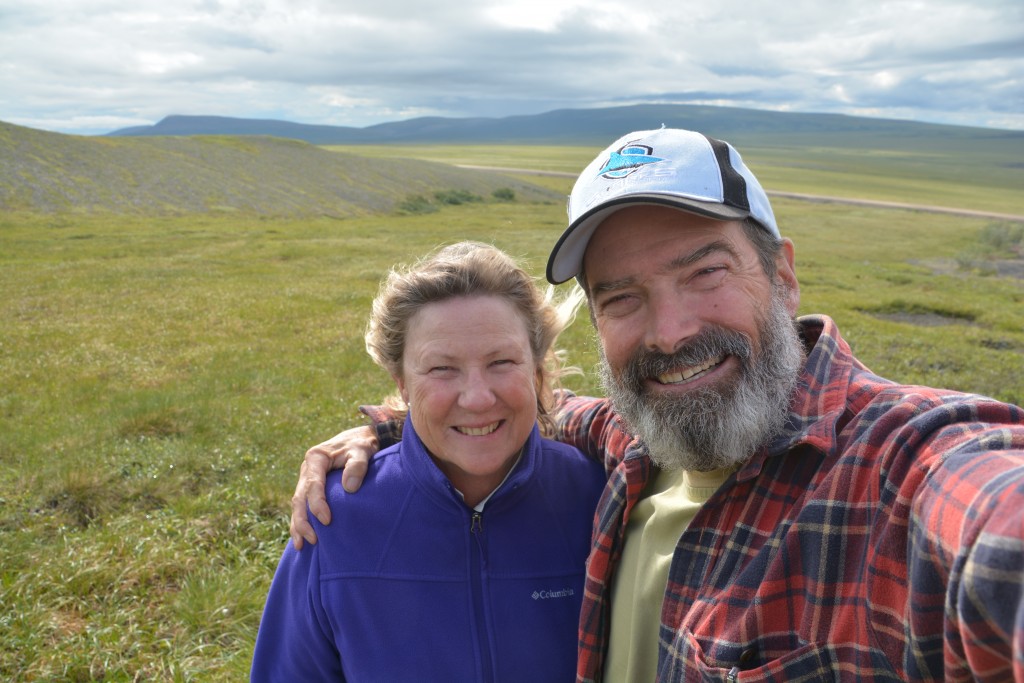
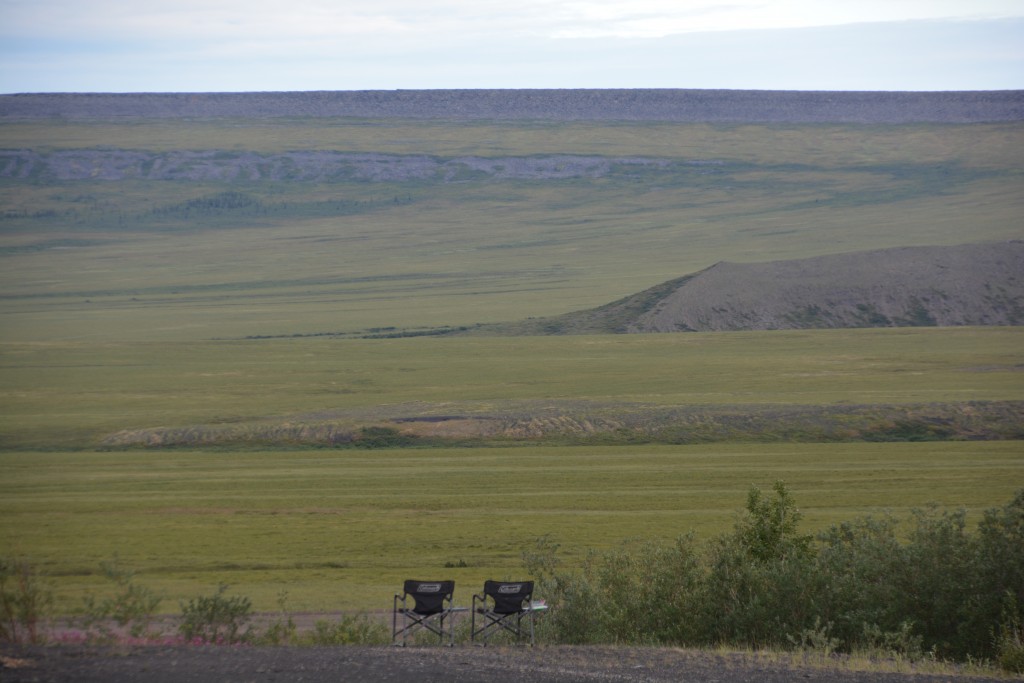
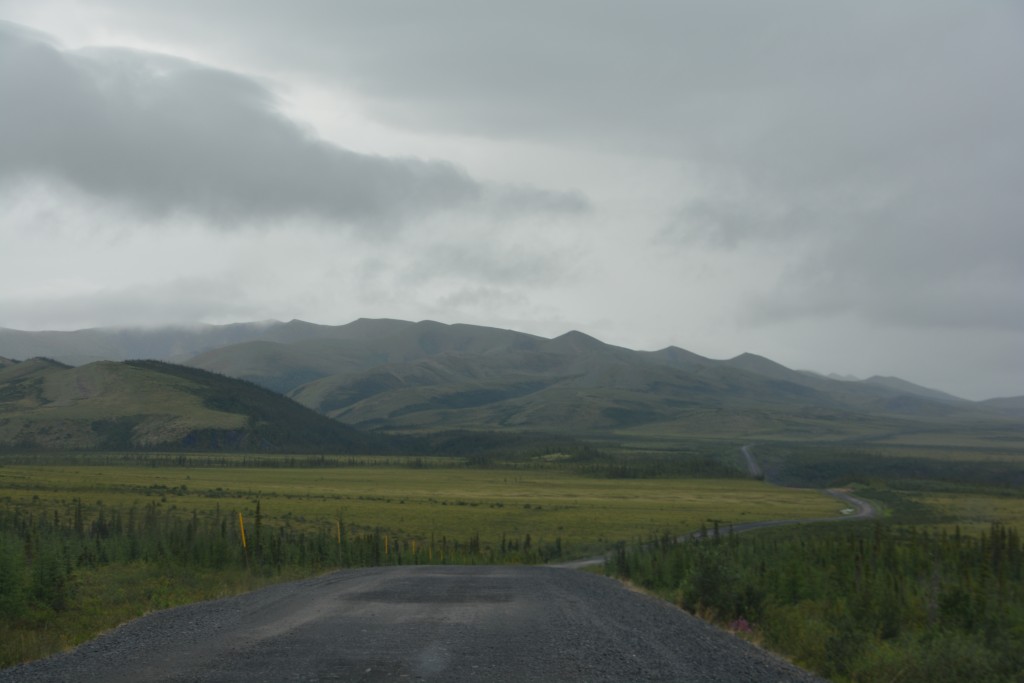
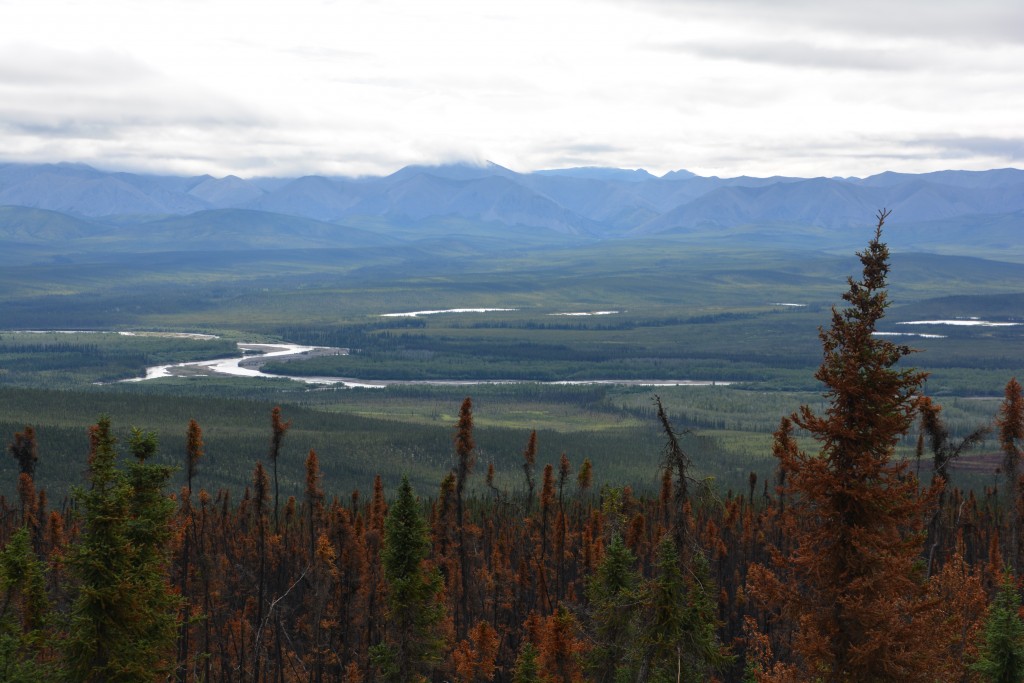

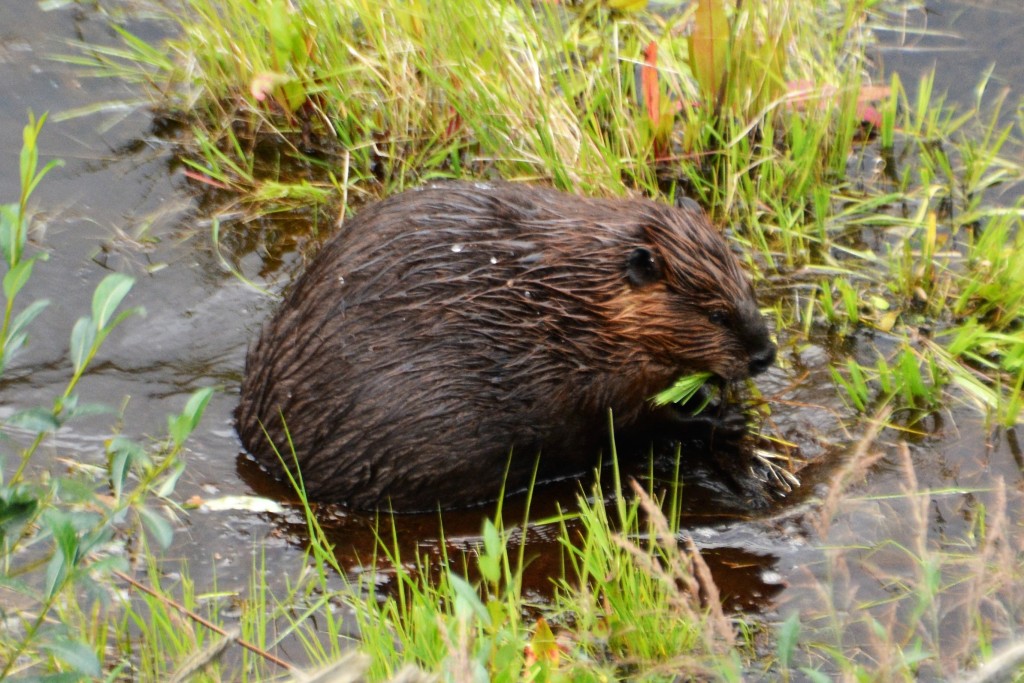
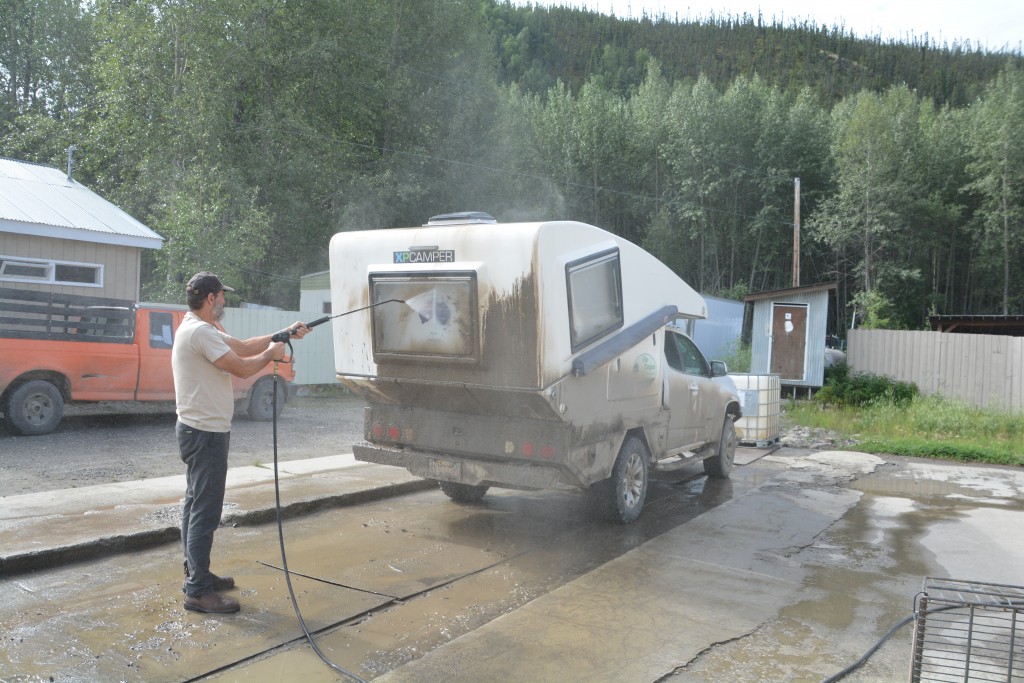
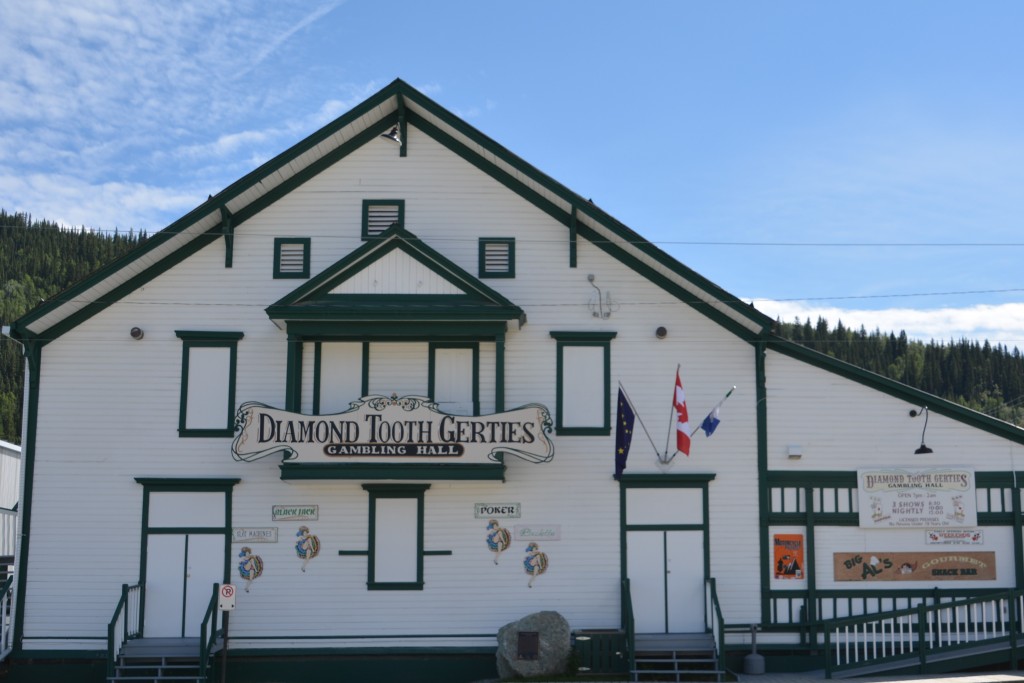
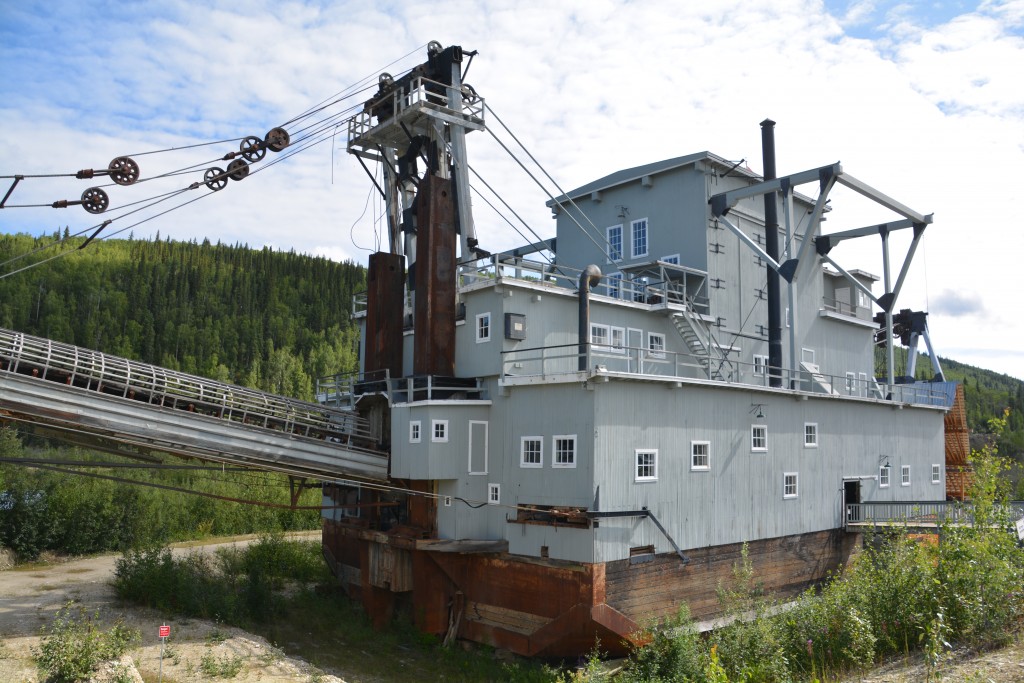

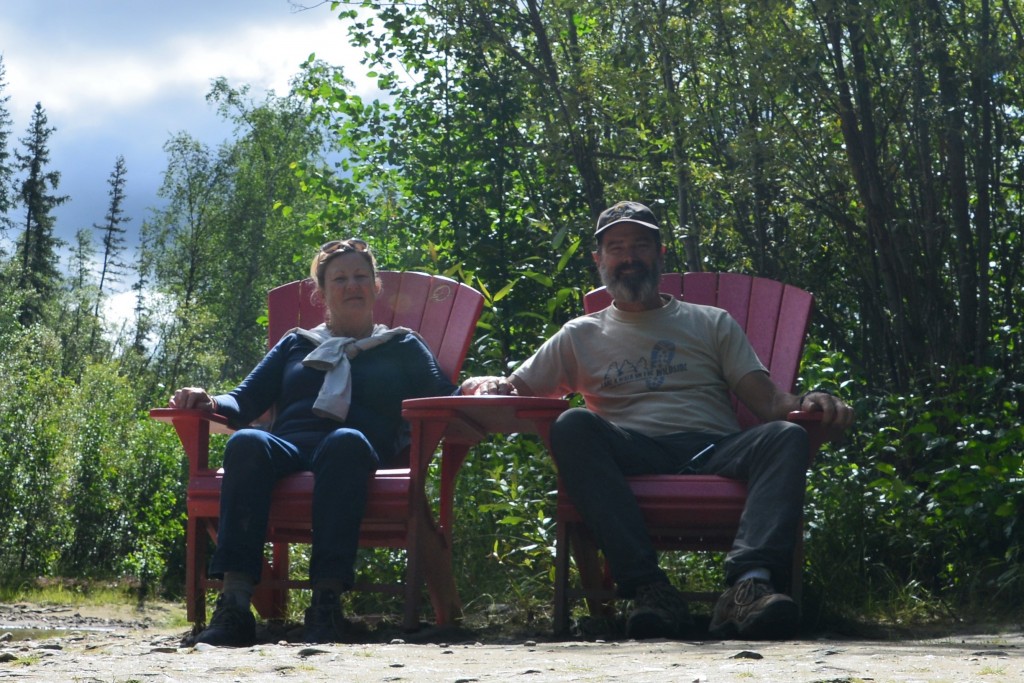
Comments
South to Alaska — No Comments
HTML tags allowed in your comment: <a href="" title=""> <abbr title=""> <acronym title=""> <b> <blockquote cite=""> <cite> <code> <del datetime=""> <em> <i> <q cite=""> <s> <strike> <strong>